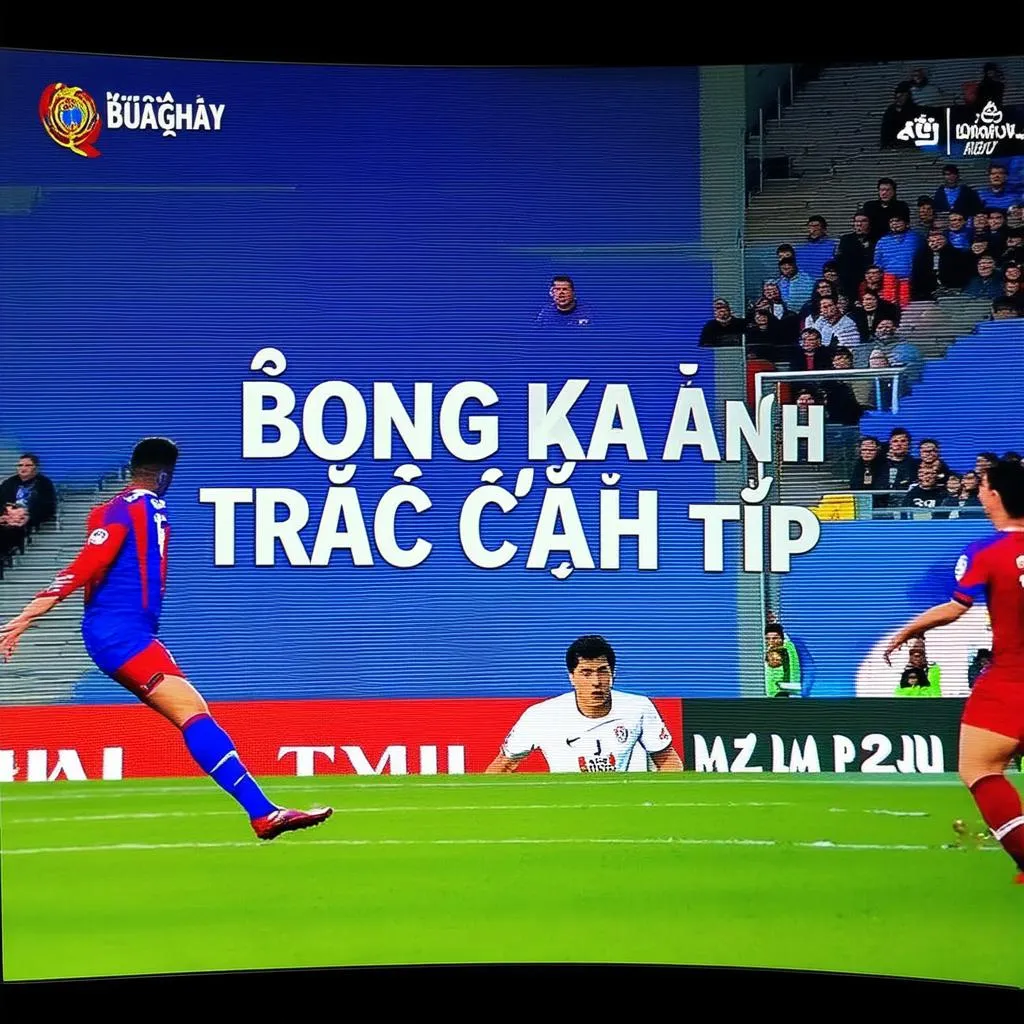Cupping bruises, often seen as circular discolorations on the skin, are a common side effect of cupping therapy. This ancient healing practice, gaining popularity among athletes and wellness enthusiasts, involves placing cups on the skin to create suction. While the resulting marks might appear alarming, they are usually harmless and temporary. This article delves into the science behind cupping bruises, their significance, and what you should know about them.
What Causes Cupping Bruises?
Cupping therapy utilizes specialized cups, traditionally made of glass or bamboo, placed on specific areas of the body. The air inside the cups is then removed, creating a vacuum that draws the skin upwards into the cup. This suction causes the small blood vessels beneath the skin to rupture, leading to the characteristic circular bruises. The color and intensity of the bruises depend on the level of suction applied and the individual’s skin type. Some people bruise more easily than others. cupping meaning can help you understand more about the practice itself.
Understanding the Color Spectrum of Cupping Bruises
The color of the bruises can range from light pink to dark purple. Lighter shades typically indicate mild suction and less blood vessel damage, while darker hues suggest more intense suction and greater blood vessel involvement. The bruises can also feel slightly tender to the touch, but they shouldn’t be excessively painful. is cupping real addresses the efficacy of this treatment.
How Long Do Cupping Bruises Last?
Cupping bruises typically fade within a few days to a week, similar to a regular bruise. The healing time can vary based on factors like the individual’s overall health, skin type, and the intensity of the cupping treatment. why do people do cupping explains the various reasons for undergoing this therapy. It’s important to avoid further irritation to the bruised area during this period.
Are Cupping Bruises a Sign of Effective Treatment?
While the presence of bruises is often associated with the effectiveness of cupping therapy, it’s crucial to understand that the intensity of the marks doesn’t necessarily correlate with the therapeutic benefit. Some people may experience significant relief without prominent bruising, while others might have dark bruises with minimal improvement in their symptoms. cupping side effects discusses other potential effects beyond bruising.
Minimizing and Managing Cupping Bruises
While cupping bruises are generally harmless, there are ways to minimize their appearance and manage any discomfort. Keeping the area clean and applying a cold compress can help reduce swelling and discomfort. Avoid scrubbing or irritating the bruised area. Consulting a qualified practitioner can also ensure the appropriate suction level is used during treatment.
Dr. Anya Sharma, a renowned sports medicine physician, notes, “Cupping bruises are a normal physiological response to the suction created during therapy. They are not indicative of damage but rather the movement of blood and fluids beneath the skin.”
Professor Jian Li, a specialist in Traditional Chinese Medicine, adds, “The intensity of the bruise isn’t a measure of the treatment’s success. The therapeutic benefit comes from the stimulation of acupuncture points and the improved flow of Qi, not the extent of discoloration.”
Conclusion
Cupping bruises, while a common side effect of cupping technique, are generally harmless and temporary. Understanding their cause, duration, and management can help you approach cupping therapy with confidence. While the appearance of these marks can be surprising, they are a natural part of the process and shouldn’t be a cause for concern.
FAQ
- Are cupping bruises painful? They can be slightly tender, but not usually painful.
- How can I minimize bruising? A qualified practitioner can adjust the suction level.
- When should I seek medical advice about cupping bruises? If the bruises are extremely painful, last longer than a week, or are accompanied by other symptoms.
- Can I continue physical activity with cupping bruises? Yes, but avoid direct pressure or friction on the bruised area.
- Are there any contraindications for cupping therapy? Certain medical conditions, like bleeding disorders, may make cupping unsuitable.
Khi cần hỗ trợ hãy liên hệ Số Điện Thoại: 0372999996, Email: bong.da@gmail.com Hoặc đến địa chỉ: 236 Cầu Giấy, Hà Nội. Chúng tôi có đội ngũ chăm sóc khách hàng 24/7.
